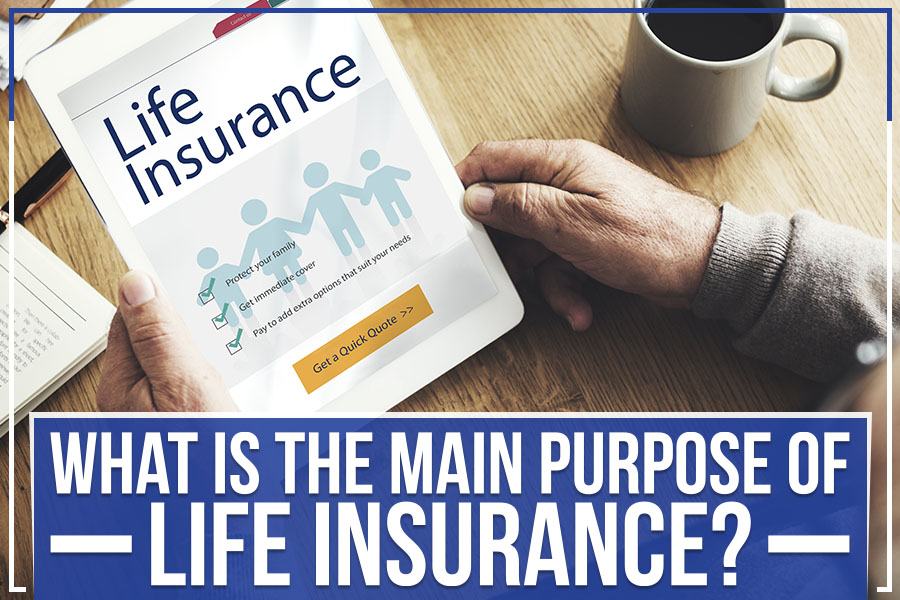What Does Pacific Prime Do?
What Does Pacific Prime Do?
Blog Article
Fascination About Pacific Prime
Table of ContentsPacific Prime Things To Know Before You BuyAbout Pacific PrimeThe Basic Principles Of Pacific Prime Everything about Pacific PrimeFascination About Pacific Prime

This is since the information were collected for a period of strong financial performance. Of the estimated 42 million people that were uninsured, just about regarding 420,000 (concerning 1 percent) were under 65 years old, the age at which most Americans come to be qualified for Medicare; 32 million were adults between ages 18 and 65, about 19 percent of all grownups in this age team; and 10 million were youngsters under 18 years of age, regarding 13.9 percent of all youngsters (Mills, 2000).
These quotes of the variety of persons without insurance are created from the annual March Supplement to the Existing Population Survey (CPS), performed by the Demographics Bureau. Unless otherwise kept in mind, nationwide estimates of people without health insurance coverage and percentages of the population with different kinds of coverage are based on the CPS, the most commonly utilized resource of price quotes of insurance coverage and uninsurance prices.
See This Report on Pacific Prime

Still, the CPS is particularly useful because it creates annual quotes reasonably swiftly, reporting the previous year's insurance coverage estimates each September, and because it is the basis for a regular set of quotes for more than 20 years, enabling evaluation of patterns in coverage gradually. For these reasons, in addition to the extensive use the CPS in other studies of insurance policy protection that are offered in this report, we rely upon CPS estimates, with constraints noted.

The quote of the number of uninsured individuals increases when a populace's insurance standing is tracked for numerous years. Over a three-year duration starting early in 1993, 72 million individuals, 29 percent of the united state population, were without coverage for at the very least one month. Within a solitary year (1994 ), 53 million people experienced a minimum of a month without insurance coverage (Bennefield, 1998a)
Six out of every 10 without insurance adults are themselves employed. Although functioning does boost the chance that and click this site one's family members will have insurance coverage, it is not a guarantee. Also members of family members with two permanent wage income earners have nearly a one-in-ten opportunity of being uninsured (9.1 percent without insurance rate) (Hoffman and Pohl, 2000).
The Only Guide to Pacific Prime
New immigrants represent a significant percentage of individuals without health and wellness insurance coverage. One evaluation has connected a considerable portion of the recent growth in the dimension of the U.S. without insurance population to immigrants who arrived in the country in between 1994 and 1998 (Camarota and Edwards, 2000). Recent immigrants (those who concerned the United States within the past four years) do have a high price of being uninsured (46 percent), yet they and their youngsters make up just 6 percent of those without insurance policy nationally (Holahan et al., 2001).
The connection in between wellness insurance coverage and accessibility to care is well developed, as recorded later on in this phase. The partnership in between health insurance and wellness end results is neither direct neither easy, a considerable medical and health and wellness solutions study literary works web links wellness insurance coverage to enhanced access to care, much better high quality, and boosted individual and populace health and wellness standing.
Levels of analysis for taking a look at the impacts of uninsurance. This discussion of medical insurance coverage focuses mostly on the united state populace under age 65 since practically all Americans 65 and older have Medicare or various other public protection. It concentrates especially on those without any kind of health insurance coverage for any size of time.
The Pacific Prime Ideas
The troubles encountered by the underinsured remain in some areas similar to those faced by the uninsured, although they are usually much less serious. international travel insurance. Uninsurance and underinsurance, nonetheless, entail definitely various policy issues, and the methods for resolving them might vary. Throughout this research and the 5 reports to adhere to, the main focus is on persons without any medical insurance and thus no aid in paying for wellness treatment beyond what is available through charity and safeguard establishments
Medical insurance is a powerful factor influencing receipt of care because both patients and physicians react to the out-of-pocket cost of services - https://hub.docker.com/u/pacificpr1me. Health and wellness insurance, nevertheless, is neither needed neither enough to access to medical services. The independent and direct effect of health and wellness insurance protection on access to health services is well established.
Others will acquire the wellness treatment they require even without medical insurance, by spending for it expense or seeking it from carriers that provide care complimentary or at extremely subsidized prices. For still others, medical insurance alone does not ensure invoice of treatment since of various other nonfinancial barriers, such as an absence of healthcare providers in their neighborhood, minimal accessibility to transportation, illiteracy, or linguistic and social differences.
The Ultimate Guide To Pacific Prime
Official study regarding without insurance populations in the United States dates to the late 1920s and very early 1930s when the Committee on the Cost of Healthcare produced a series of reports about funding medical professional office check outs and hospitalizations. This issue became significant as the numbers of medically indigent climbed throughout the Great Depression.
Report this page